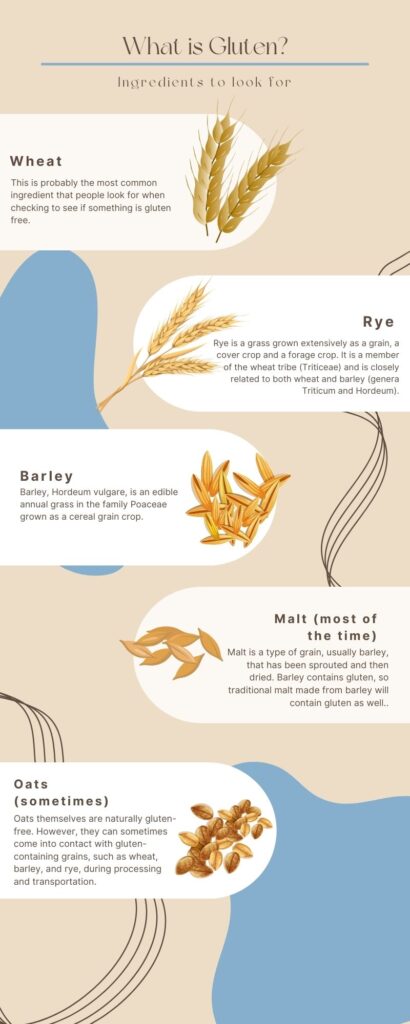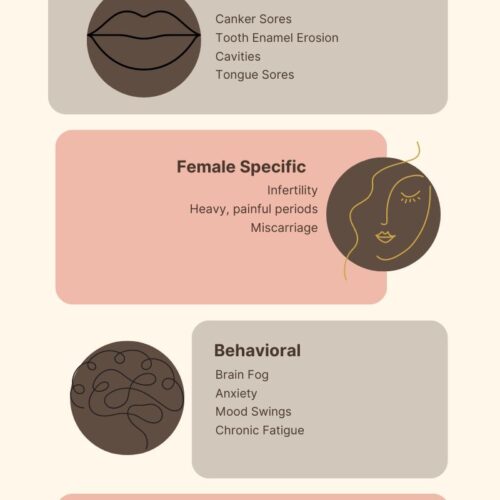When gluten is mentioned people quite often immediately associate it with wheat. In fact, gluten is a mixture of proteins found in wheat and several other grains, such as barley, rye, and triticale (a cross between wheat and rye). It acts as a binding agent, giving dough its elasticity and providing structure to baked goods.

Common Names for gluten can include:
~ Wheat
~ Rye
~ Barley
~ Malt
and
~ Oats that aren’t labeled gluten free
Gluten is naturally occurring and commonly found in a variety of foods, including bread, pasta, cereal, baked goods, and many processed foods. It is responsible for the chewy texture of bread and the elasticity of pizza dough.
Some people have a medical condition known as celiac disease, which is an autoimmune disorder triggered by gluten ingestion. In individuals with celiac disease, consuming gluten causes an immune response that damages the lining of the small intestine, leading to large variety of symptoms and malabsorption of nutrients. For these individuals, strict avoidance of gluten is necessary.
Additionally, there are people who have non-celiac gluten sensitivity, a wheat allergy or Eosinophilic Esophagitis, who may experience similar symptoms to celiac disease when consuming gluten or wheat products. They also need to avoid gluten or wheat to manage their symptoms.



